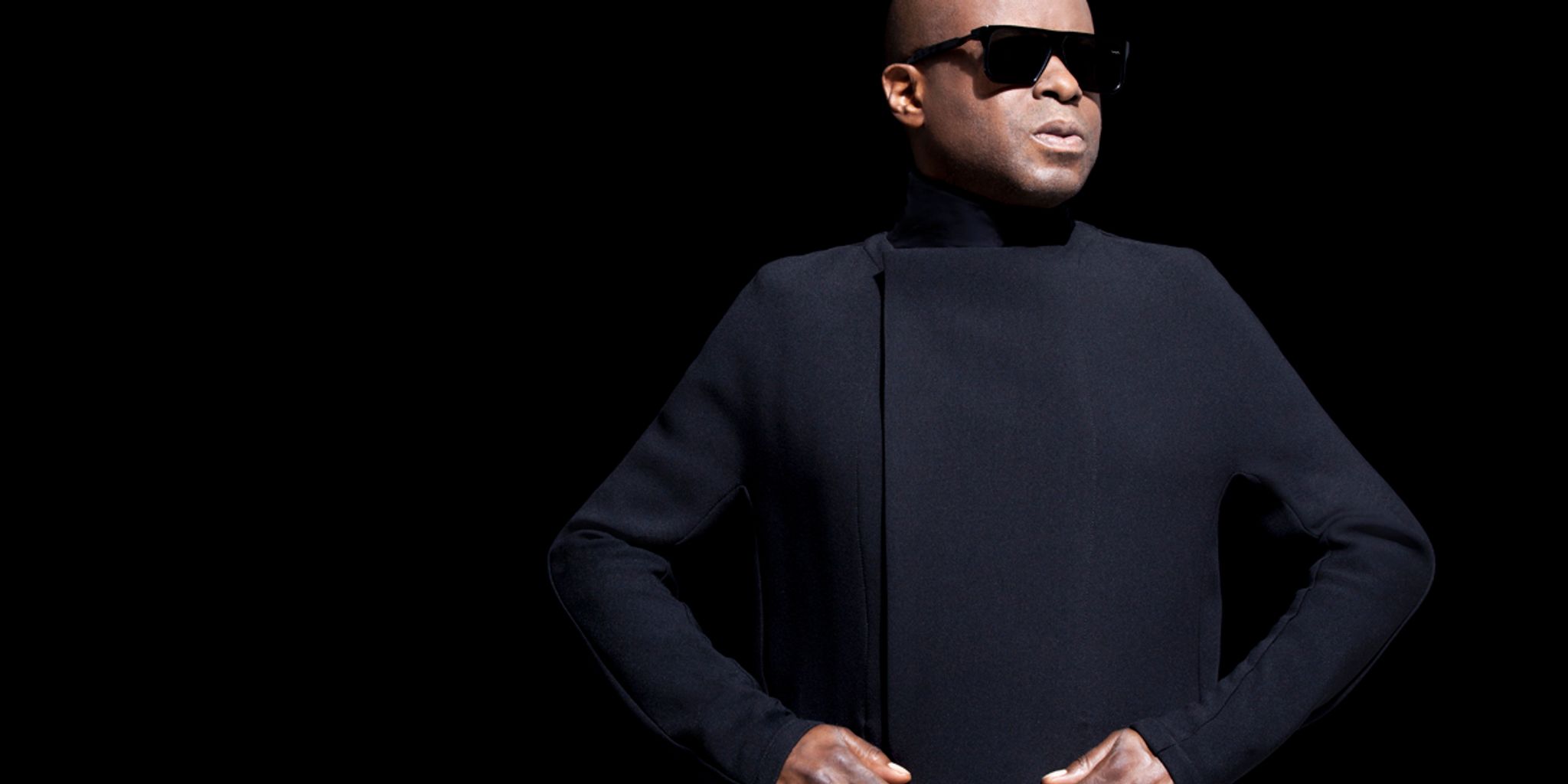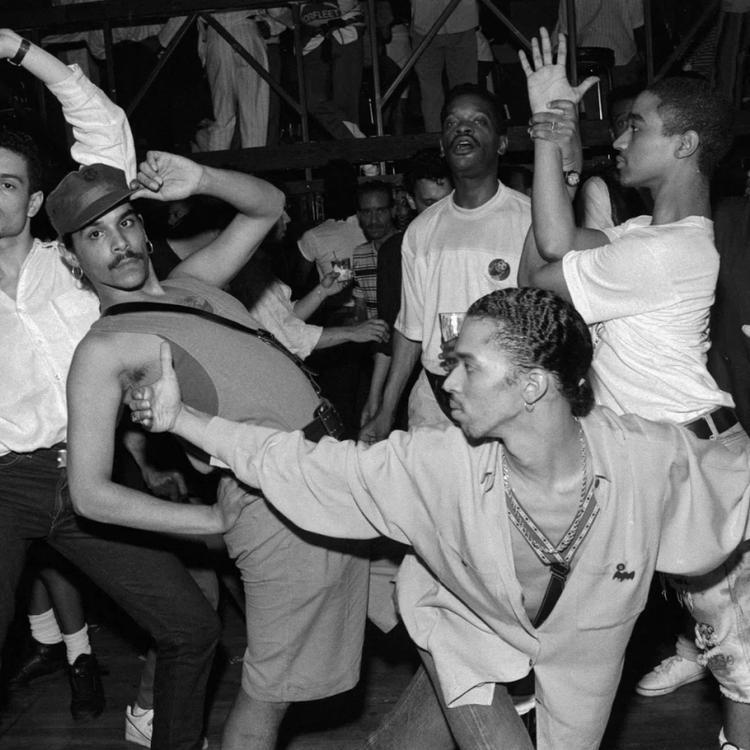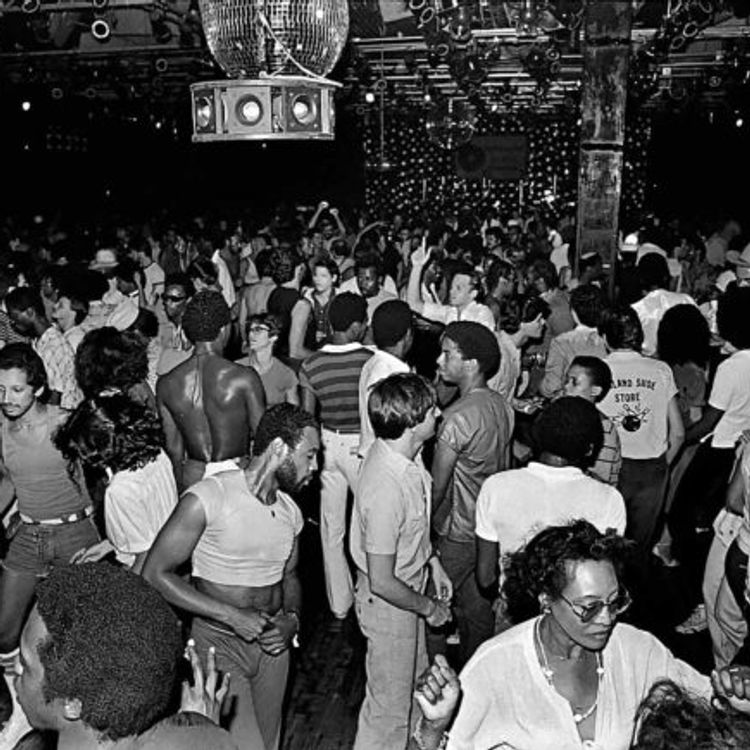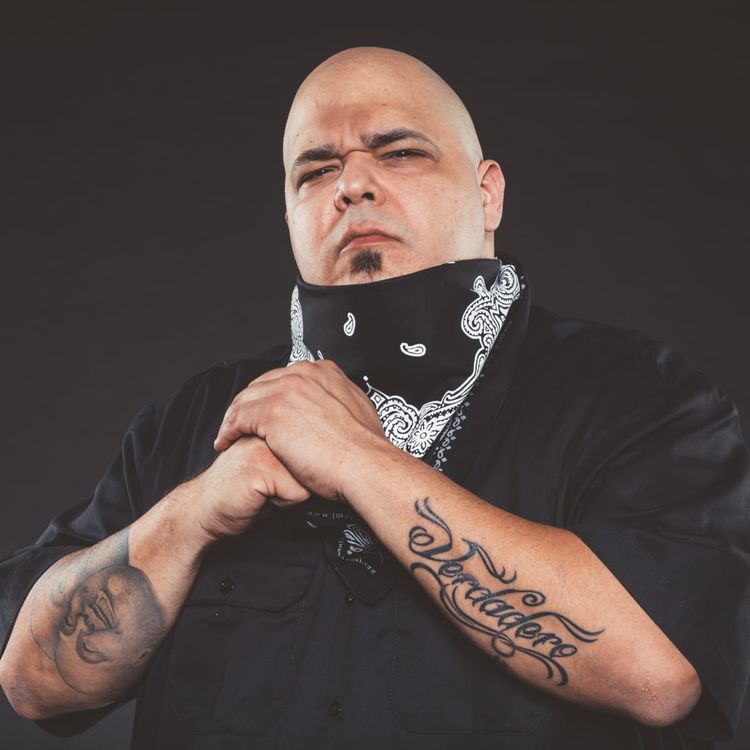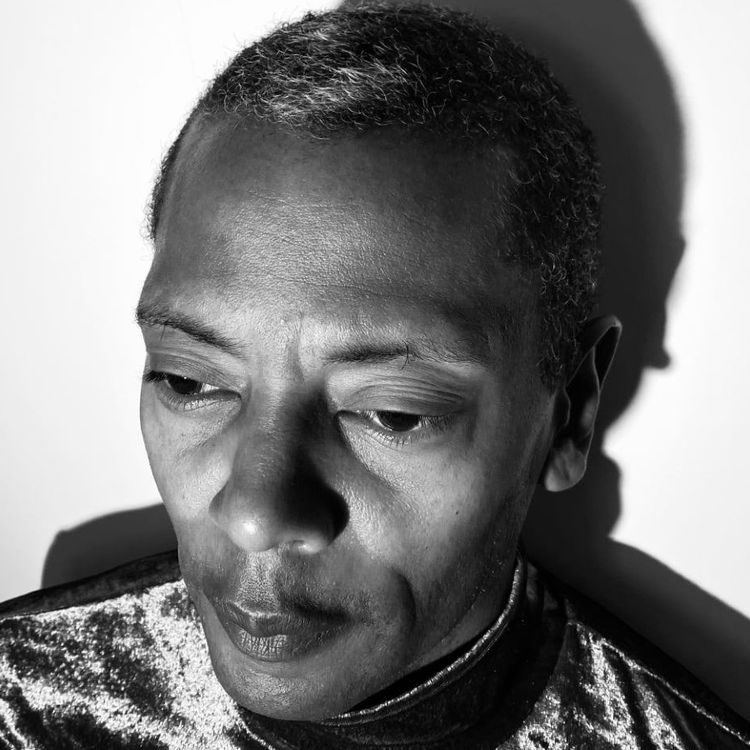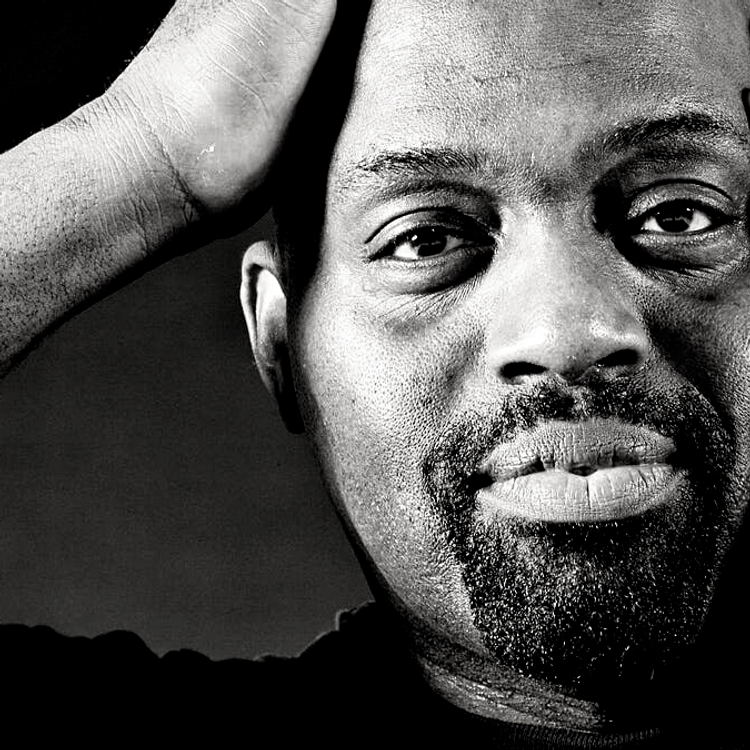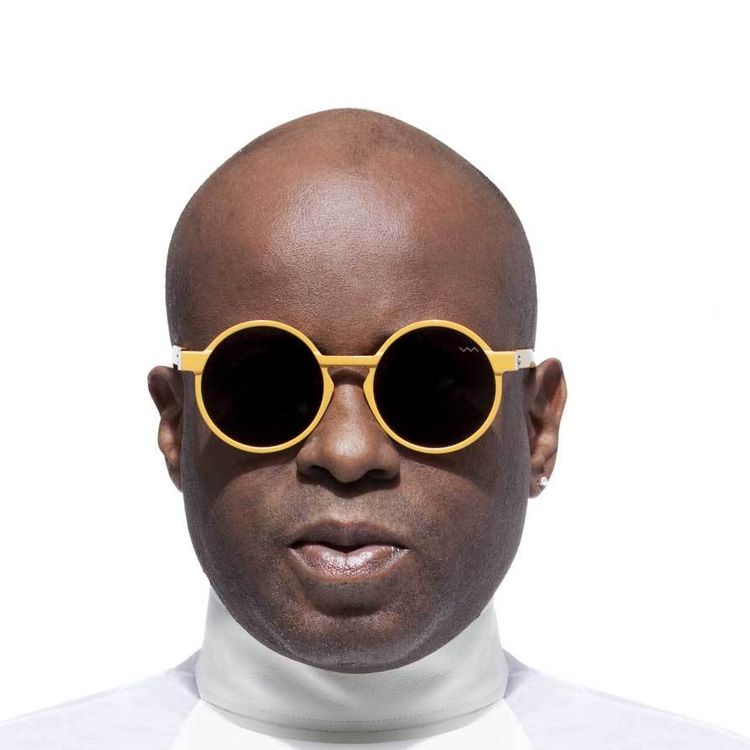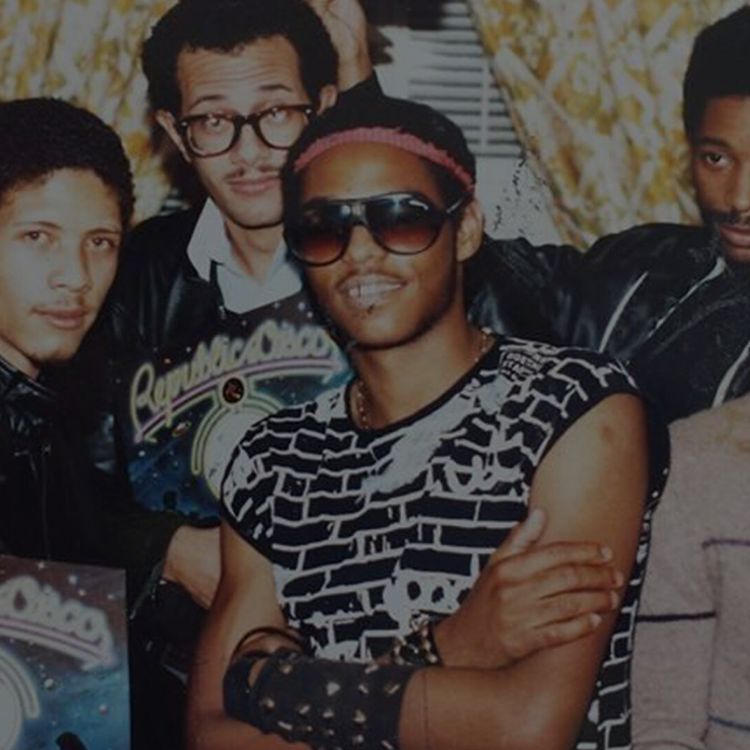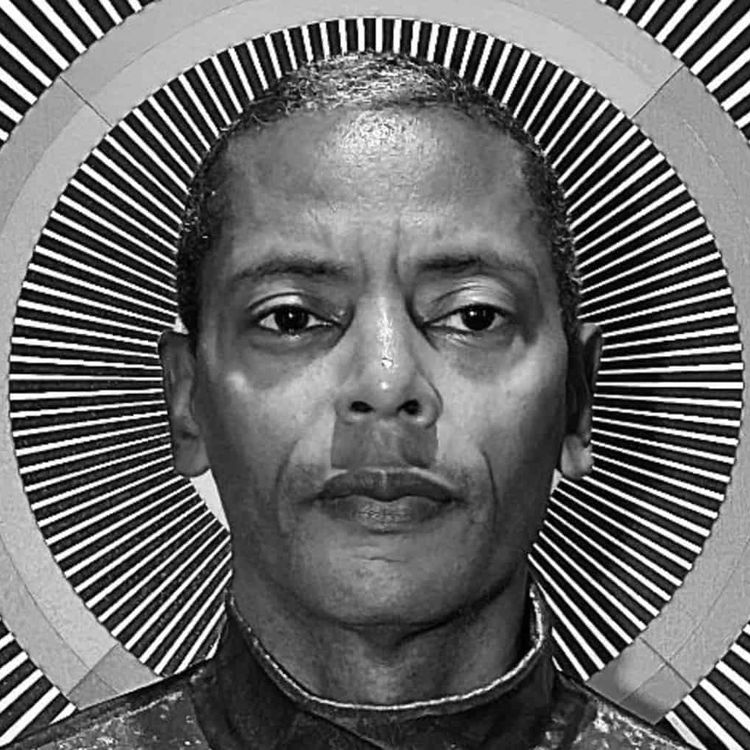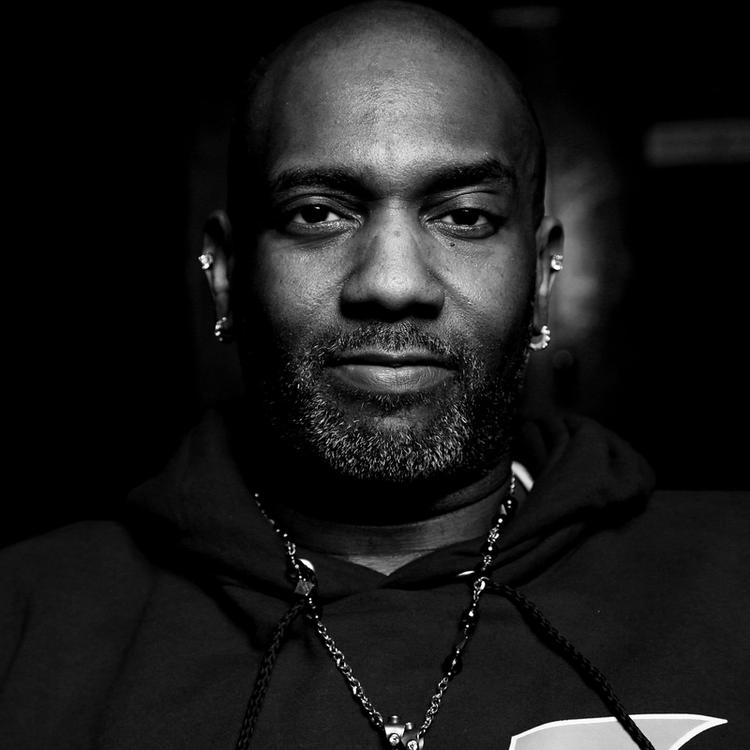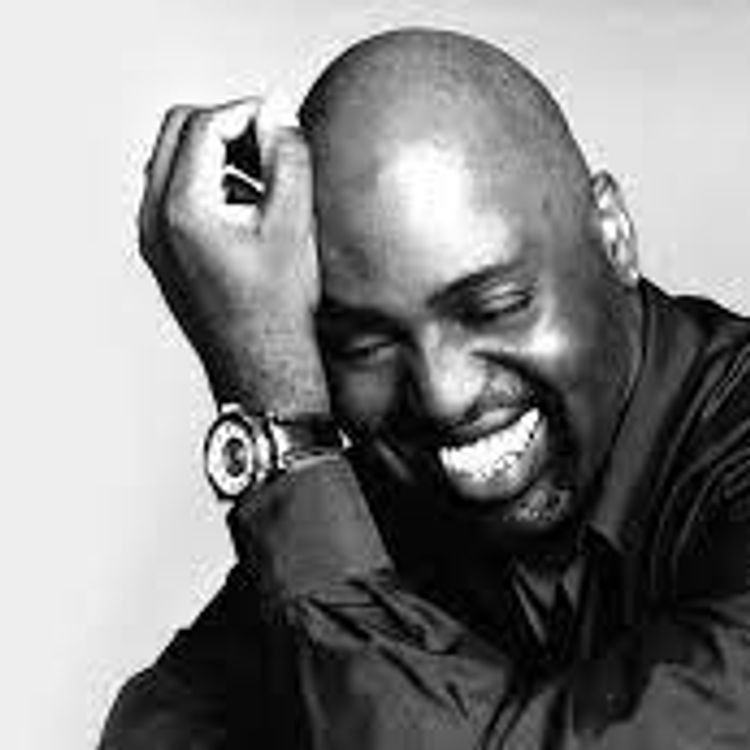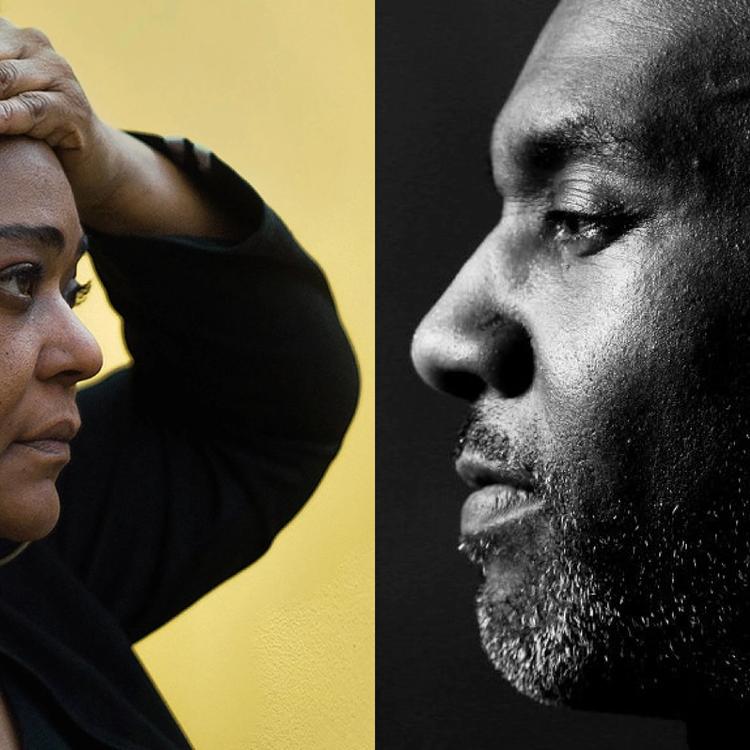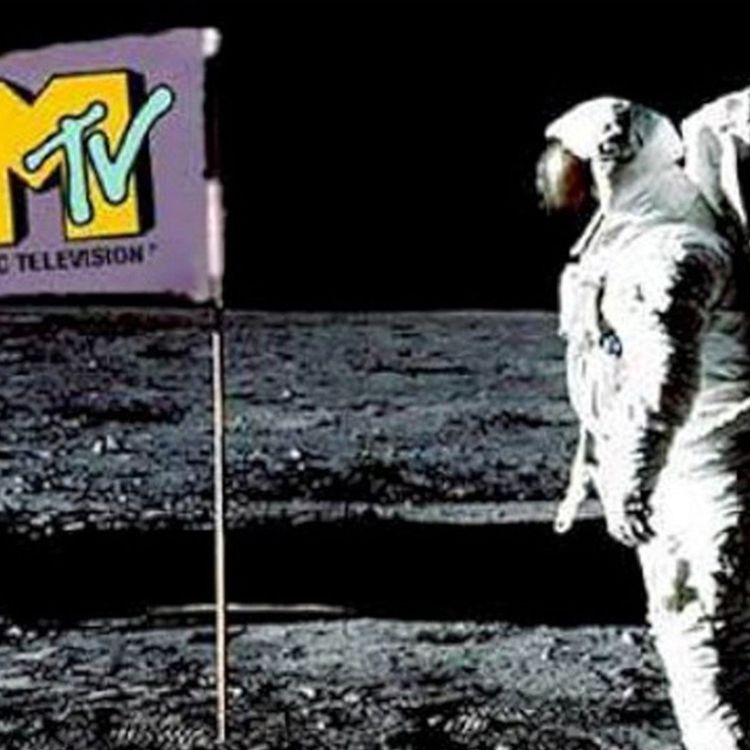10 Black Pioneers of Dance Music
Whether you love smooth deep house or pounding industrial techno, all electronic dance music originated in the black communities of Chicago and Detroit. We wouldn't have house music without innovators like Frankie Knuckles and Marshall Jefferson, nor would techno even exist without disruptors like Juan Atkins and Kevin Saunderson. Black pioneers are the lifeblood of the dance music that we know and love today, which has grown over the years to encompass an incredible array of sub-genres and scenes across the globe.
Frankie Knuckles
Widely renowned as the Godfather of House, Francis Warren Nicholls, Jr. - aka Frankie Knuckles - is often credited as the originator of house music. After moving from New York City to Chicago in the late 1970s, Knuckles got a regular stint DJing at Warehouse, a nightclub now enshrined in history as one of the birthplaces of Chicago house. Knuckles developed his style there, fusing disco, indie soul, European synth disco, and more into what would later become house music.
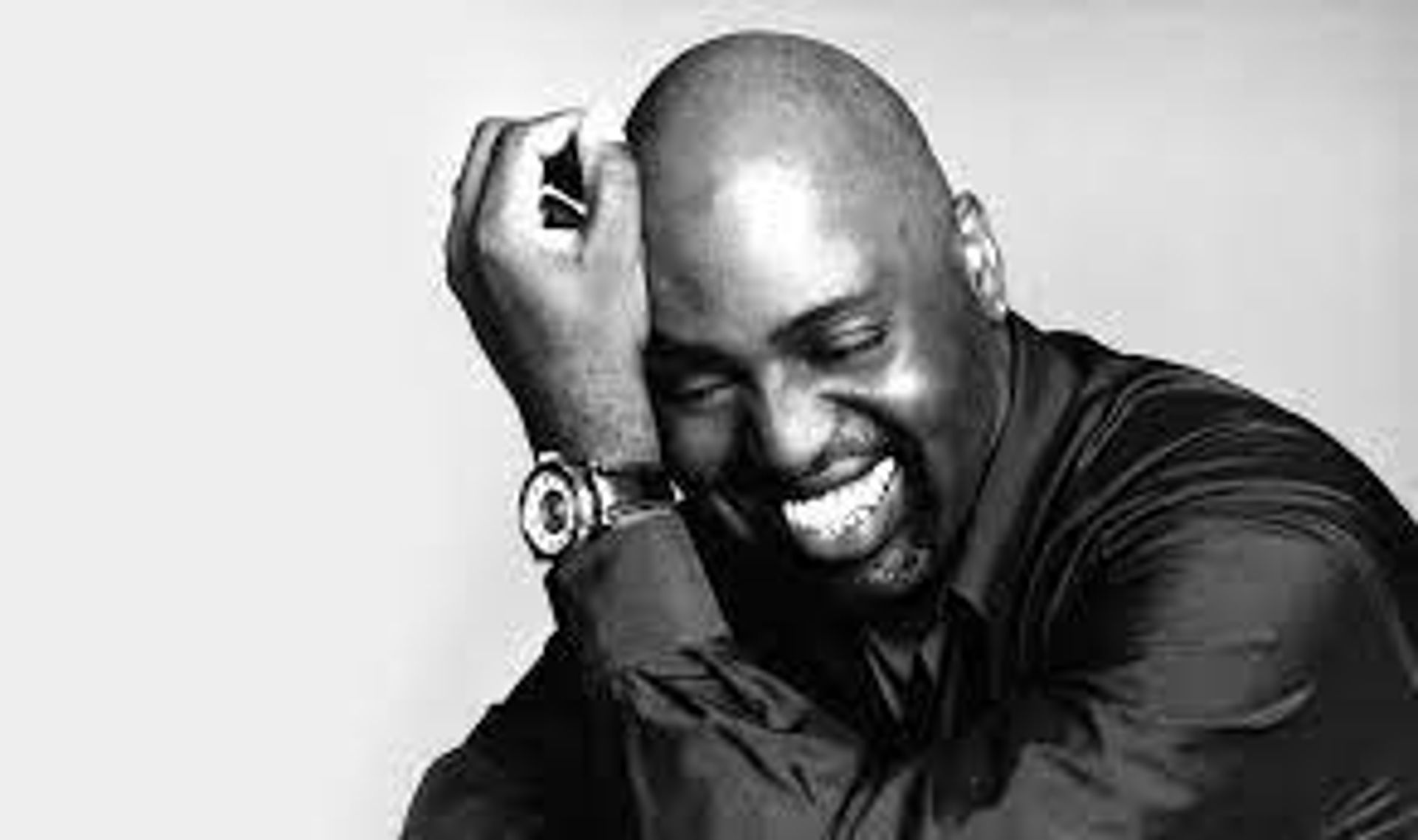
After buying his first drum machine in 1983, Knuckles crafted the quintessential essence of the early Chicago house sound: stripped-back drum machine rhythms underpinning vibrant disco classics. In addition, knuckles went on to raise funds for AIDS, homelessness, and educational charities. On Aug. 25, 2004, the Mayor of Chicago proclaimed the date Frankie Knuckles Day. He commemorated his seismic influence on dance music by naming a section of Jefferson Street, not far from the original location of Warehouse, after him. He passed on March 31, 2014, leaving a legacy that stretches across the globe.
Marshall Jefferson
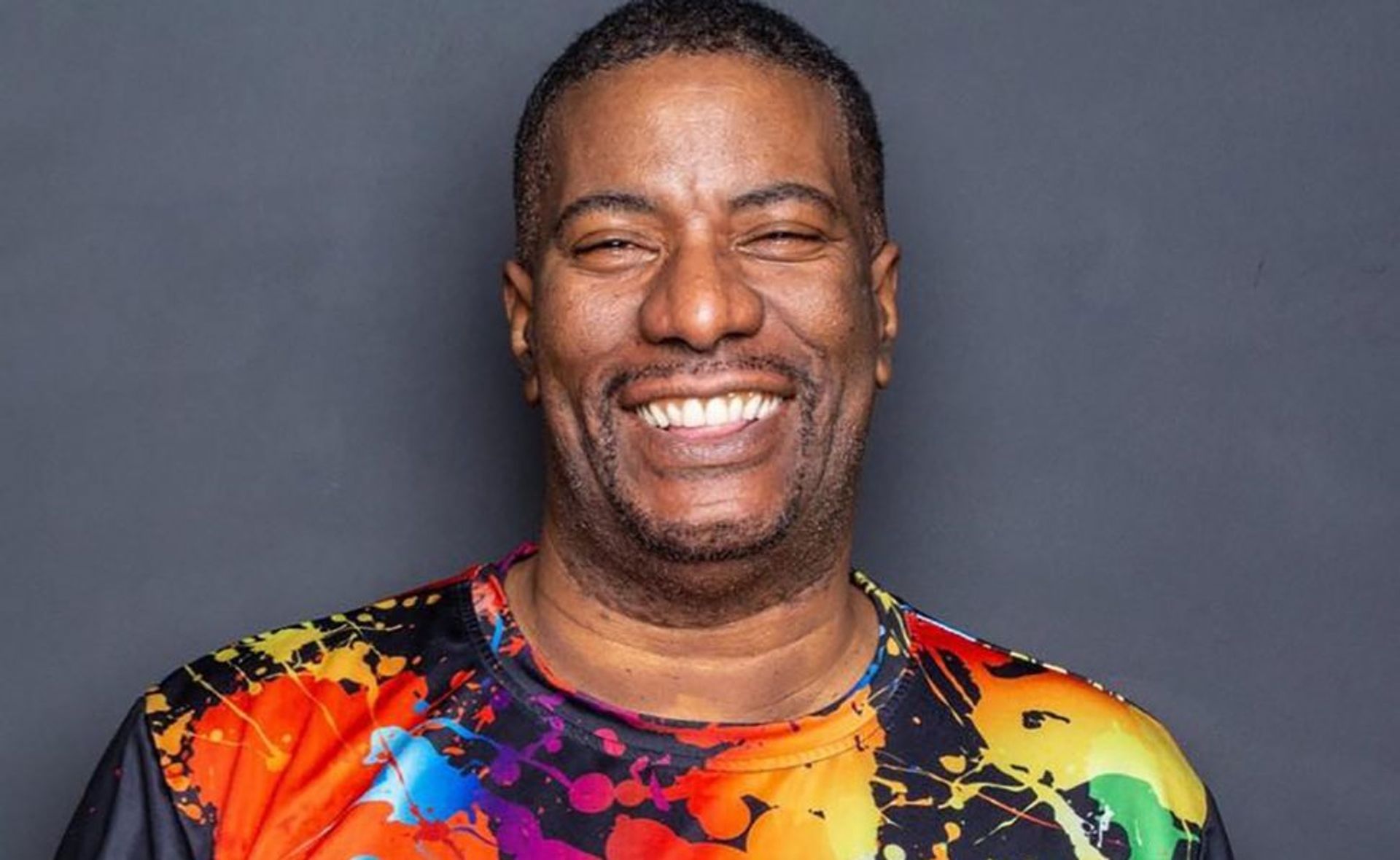
Another instrumental figure in the early Chicago house scene is Marshall Jefferson. Starting as a record producer in the Universal Recording Studios of Chicago, Jefferson met Larry Sherman, the owner of TRAX Records. Massive releases from Jefferson, such as "Move Your Body" (1986), helped bring TRAX Records into prominence and catapult house music onto the world stage. "Move Your Body" was the first house track to incorporate pianos. He followed that up with a torrent of groundbreaking material. In 1987, Jefferson produced "Acid Trax" by DJ Pierre, which galvanized the development of the acid house movement worldwide.
Follow Marshall Jefferson on Twitter | Instagram | SoundCloud
Larry Heard
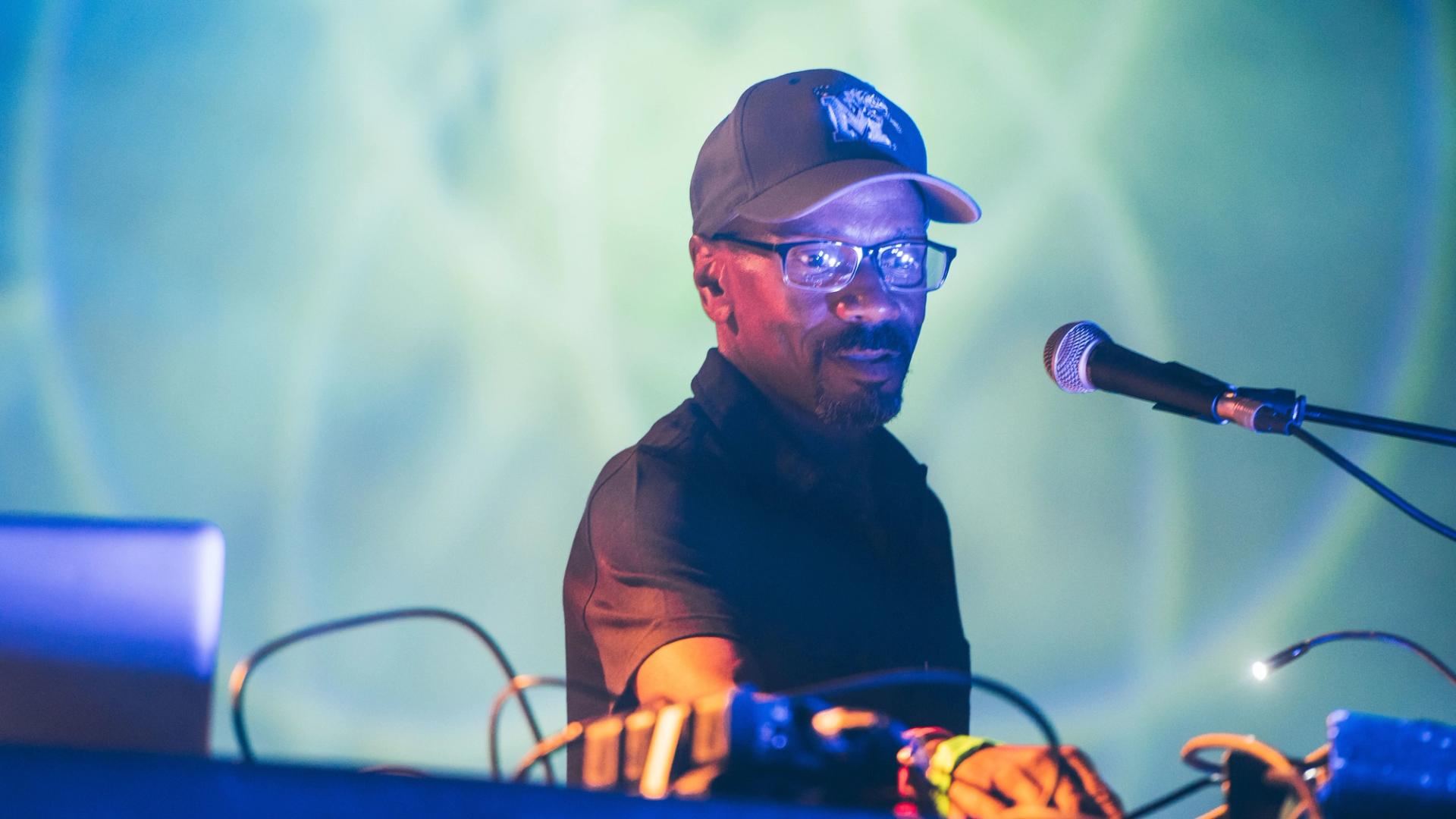
The velvety tones and soulful deep house melodies are largely rooted in Larry Heard - aka Mr. Fingers - a mainstay of early Chicago dance music. His 1986 track, "Can You Feel It," was one of the first deep house records ever made. Heard built the classic tune using the Roland Juno-60 synthesizer, the Roland TR-909 drum machine, and two cassette decks. A marvel of modern simplicity with an inimitable vibe, "Can You Feel It" soon attained legendary status. In 2017, Mixmag included it on their "Best 20 House Classics from Before 1990" list, and in 2018, Time Out ranked it at Number 5 on their "20 Best House Tracks Ever" list.
Follow Larry Heard on Instagram | SoundCloud
Kerri Chandler
Equally vital in the origins of deep house is the New Jersey icon, Kerri Chandler. With timeless tracks like "Climax 2" (1993) and "Where Is Love" (1995), Chandler played a pivotal role in the development of house music throughout the 1990s. Chandler grew up in a town that pulsed with the energy of multiple music scenes, from funk and soul to jazz and hip-hop. His music drew life from these sources, consistently possessing an infectious groove and a spiritual beat, eventually earning him the title of the 'Stevie Wonder of house music.' A technical wizard with a flawless eye for detail, Chandler played a mind-bending, hour-long, reel-to-reel tape mix for Resident Advisor in 2020.
Follow Kerri Chandler on Twitter | Instagram | SoundCloud
Paul Johnson
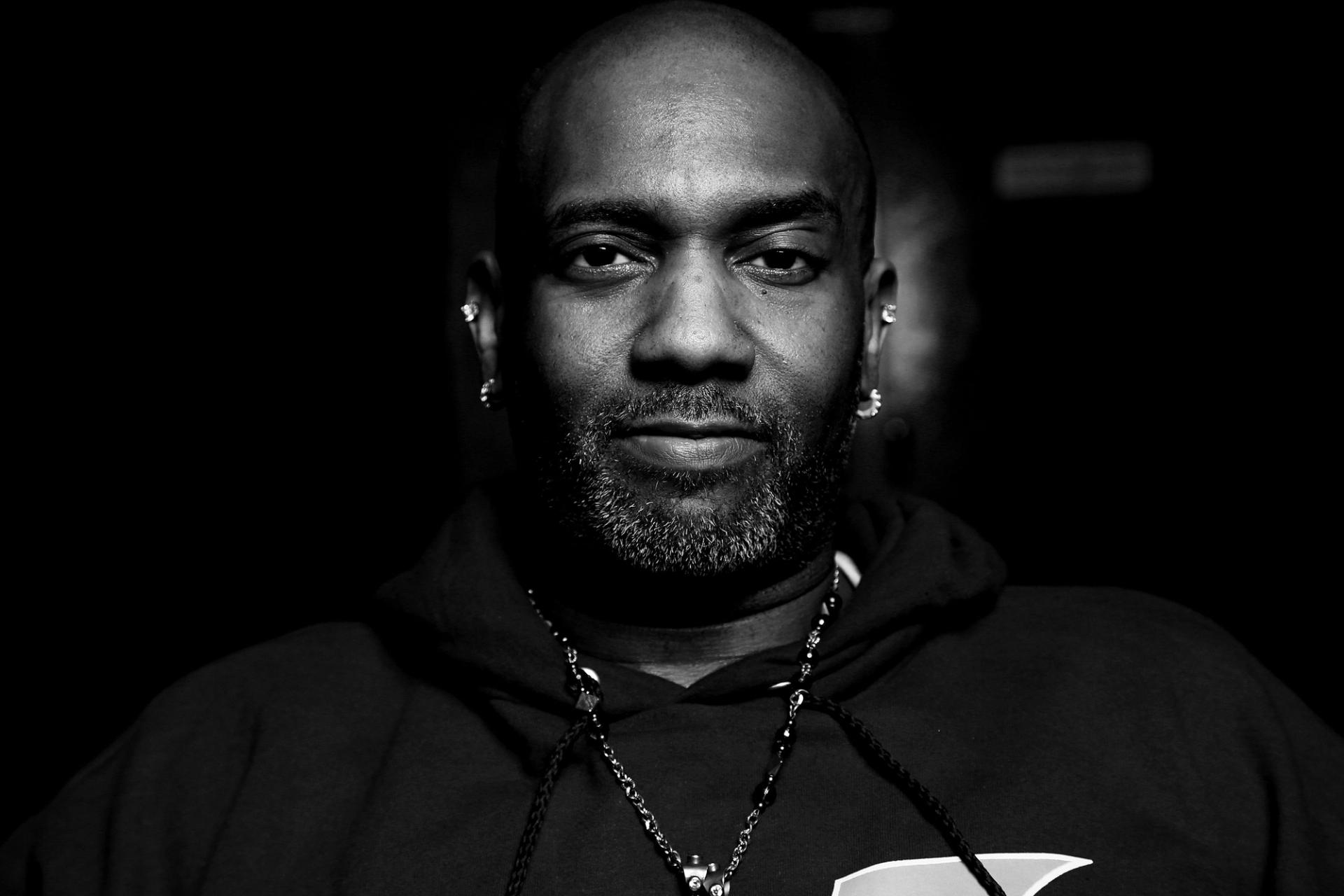
A prolific creator and an undisputed inspiration to all DJs and producers, Paul Johnson, knew how to get people moving as soon as they entered the club. Yet another Chicago legend, Johnson uniquely wielded both the ability to slot the perfect disco sample into a classic house tune, as well as the ability to layer up a hardened "ghetto" beat track. The result was a pioneering artist whose music won the admiration of fans in every nation. His 1999 house jam, "Get Get Down," made the charts in 14 countries. Despite losing both legs, Johnson continued to DJ and produce and maintained an unbeatable work ethic; at times, he wrote up to six full tracks in a single day.
Juan Atkins
The true pioneer of Detroit techno – and, by extension, techno itself - is Juan Atkins. Born in Detroit in 1962, Atkins teamed up alongside Rick Davis as Cybotron in the early '80s. Together, they dropped the 1982 electro track "Clear," which also marked the birth of what became 'techno music.' Unlike previous electro tracks, which merged aspects of Kraftwerk with hip-hop, "Clear" was an amalgamation of techno-pop and club music.
After leaving Cybotron to work alone, Atkins released his most impactful material from 1985-1987. In 1985 he founded his label, Metroplex Records, which became a cornerstone in the history of Detroit techno, and launched his first single as Model 500: "No UFOs." Along with singles like "The Chase," "Night Drive," and "Interference," these records flew off the shelves.
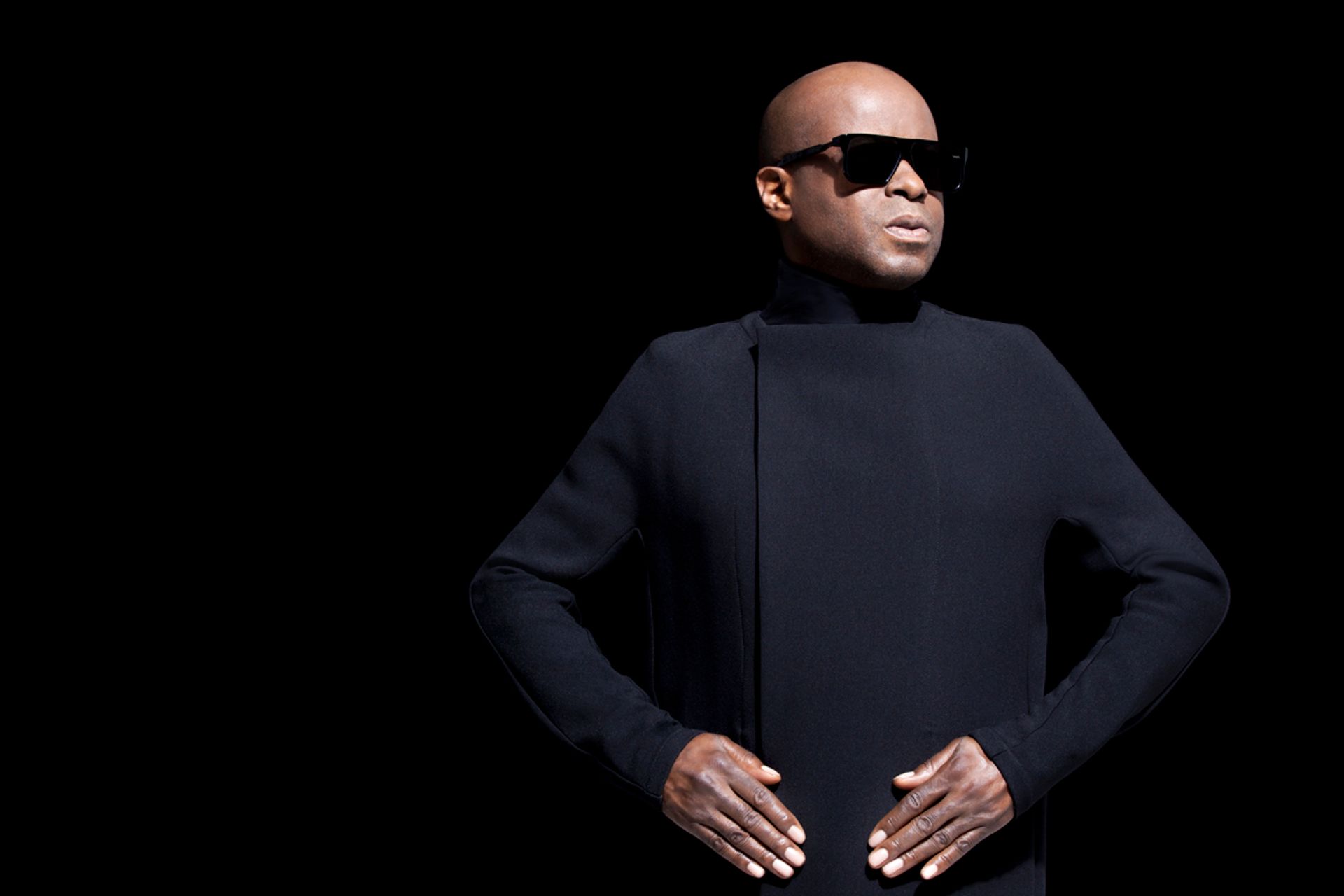
Atkins' sound was futuristic, mechanical, and brooding, eliciting thoughts of late-night drives down the I-96 freeway and big, bellowing factories. By the late 1980s, Atkins had taken Britain by storm. His music largely inspired acts like 808 State, A Guy Called Gerald, LFO, and Black Dog.
Follow Juan Atkins on Twitter | Instagram | SoundCloud
Kevin Saunderson
Motor City is where innumerable techno greats emerged. While attending Belleville High School, Atkins befriended Kevin Saunderson and Derrick May. The three musicians were among the few black students in their high school and would go on to be known as the Belleville Three - the inventors of Detroit techno.
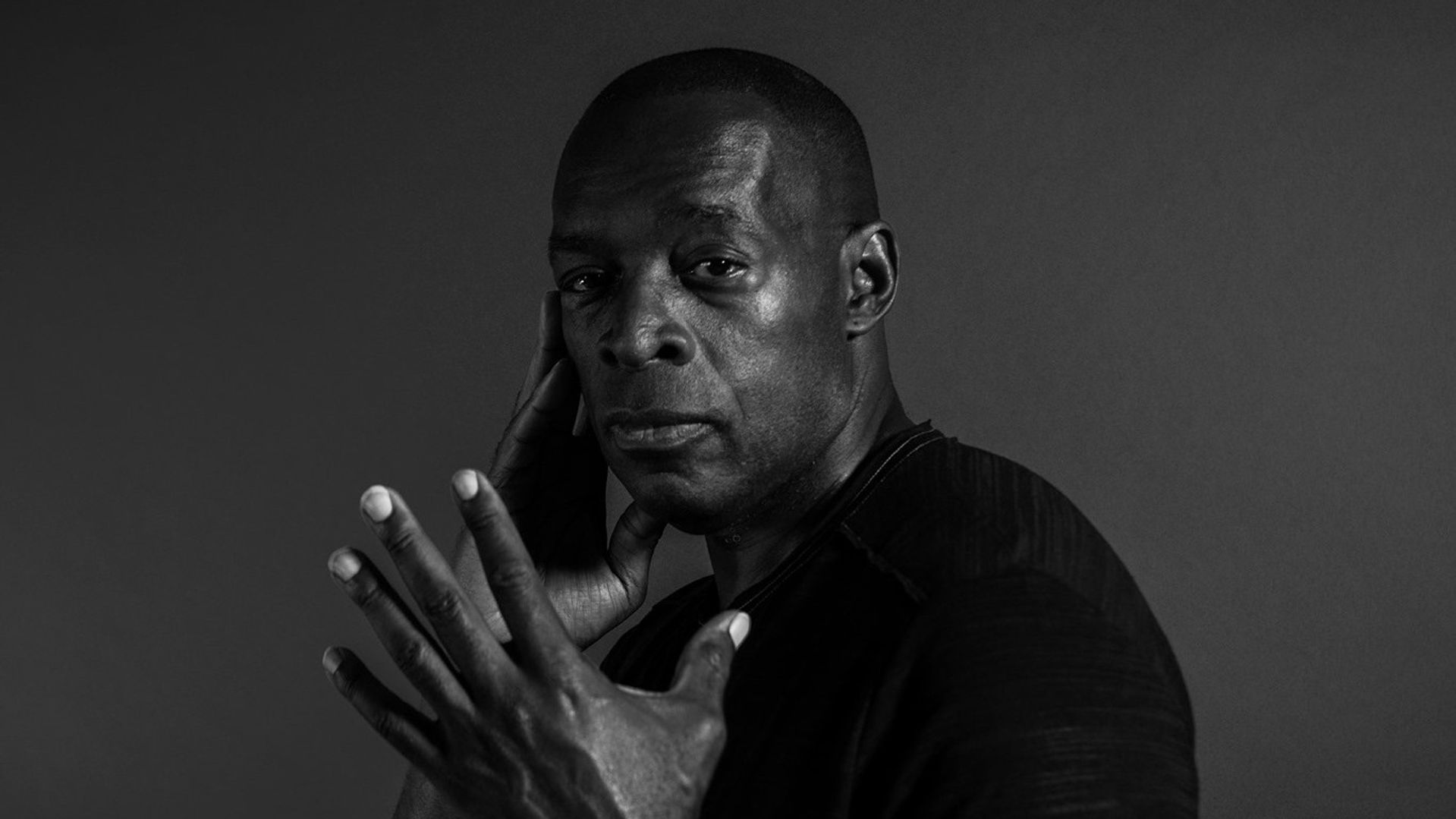
Kicking off his career in 1987, Saunderson paired Detroit's raw, metallic sound with the warm humanity of house music which, at the time, was exploding in popularity a few hours down the I-94 in Chicago. Coupled with the elated vocals of Paris Grey, he released tracks as Inner City. Merging the magnetic glow of pop melodies with the driving rhythms of Detroit techno, Inner City saw huge success amongst both underground and commercial scenes alike, earning 12 UK top 40 hits and selling over six million records worldwide at their peak. Saunderson is also intrinsically linked with Detroit's flagship Movement (previously Detroit Electronic Music Festival / Fuse-In), having produced the event in the mid-2000s.
Follow Kevin Saunderson on Twitter | Instagram | SoundCloud
Robert Hood
The Belleville Three paved the way for the second wave of Detroit producers, who evolved techno in the 1990s into uncharted territories. Robert Hood is the creator of minimal techno: a stripped-back, pure approach to the genre that prioritizes soul and experimentation over showy posturing. Alongside Jeff Mills and Mike Banks, he was an early member of the Underground Resistance label (UR), which shaped the future of modern techno. Underground Resistance artists soldered acid and industrial sounds onto a blend of Chicago house and Detroit techno. All recorded on a gritty four-track.
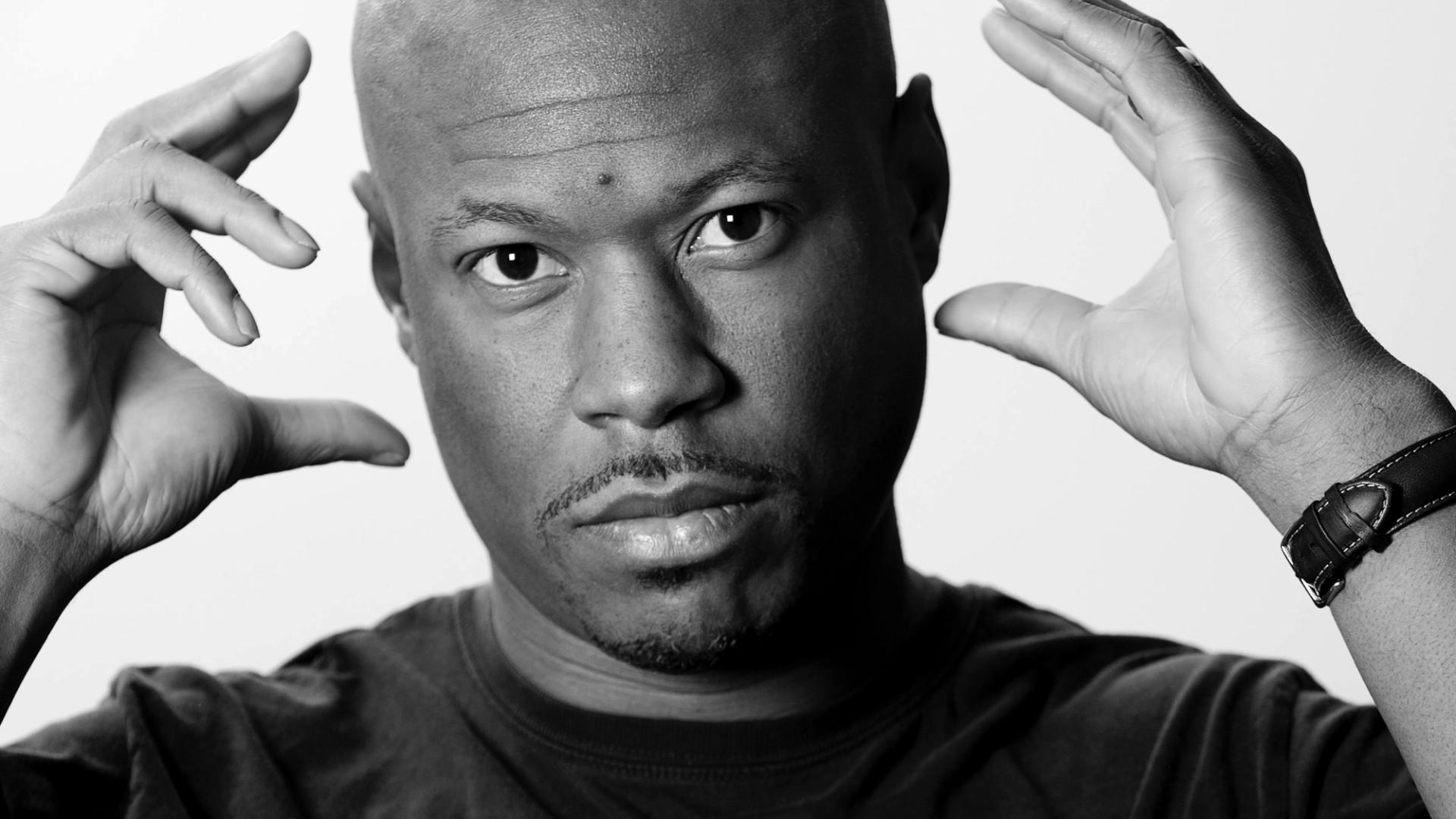
The label formed the basis of underground electronic scenes worldwide due to their anti-corporate and militant political ideology. Despite leaving UR in 1992, Hood remained hostile towards all economic threats to inner-city communities and continued to fuse his musical projects with social activism throughout his career.
Follow Robert Hood on Instagram | SoundCloud
Jeff Mills

Jeff Mills is a man who requires no introduction. Known the world over as one of the biggest names in techno, his bulletproof, sharp-edged productions, and blindingly-powerful DJ sets took the genre to new heights during the 1990s. The meatiness of his sound on early UR-related releases like "The Punisher" and "Seawolf" was later refined and polished. After leaving the label in 1992, he switched from the rudimentary four-track to higher-quality recording and production methods. With its hypnotic chimes and thumping kick drum, "The Bells" (1997) is now one of the best-known techno tracks in existence.
Follow Jeff Mills on Twitter | Instagram | SoundCloud
Carl Craig
A living example of musical experimentalism being boundless, Carl Craig has molded Detroit techno into countless new forms. From his early releases in 1989-1992 into the present day, Craig has never failed to look at dance music from unorthodox perspectives. His 1992 Innerzone Orchestra cut, "Bug in the Bassbin," triggered the evolution of drum'n'bass. Craig later transformed "Bug…" into a live jazz composition in 1996 and wove jazz into his 1999 Innerzone Orchestra album, Programmed.
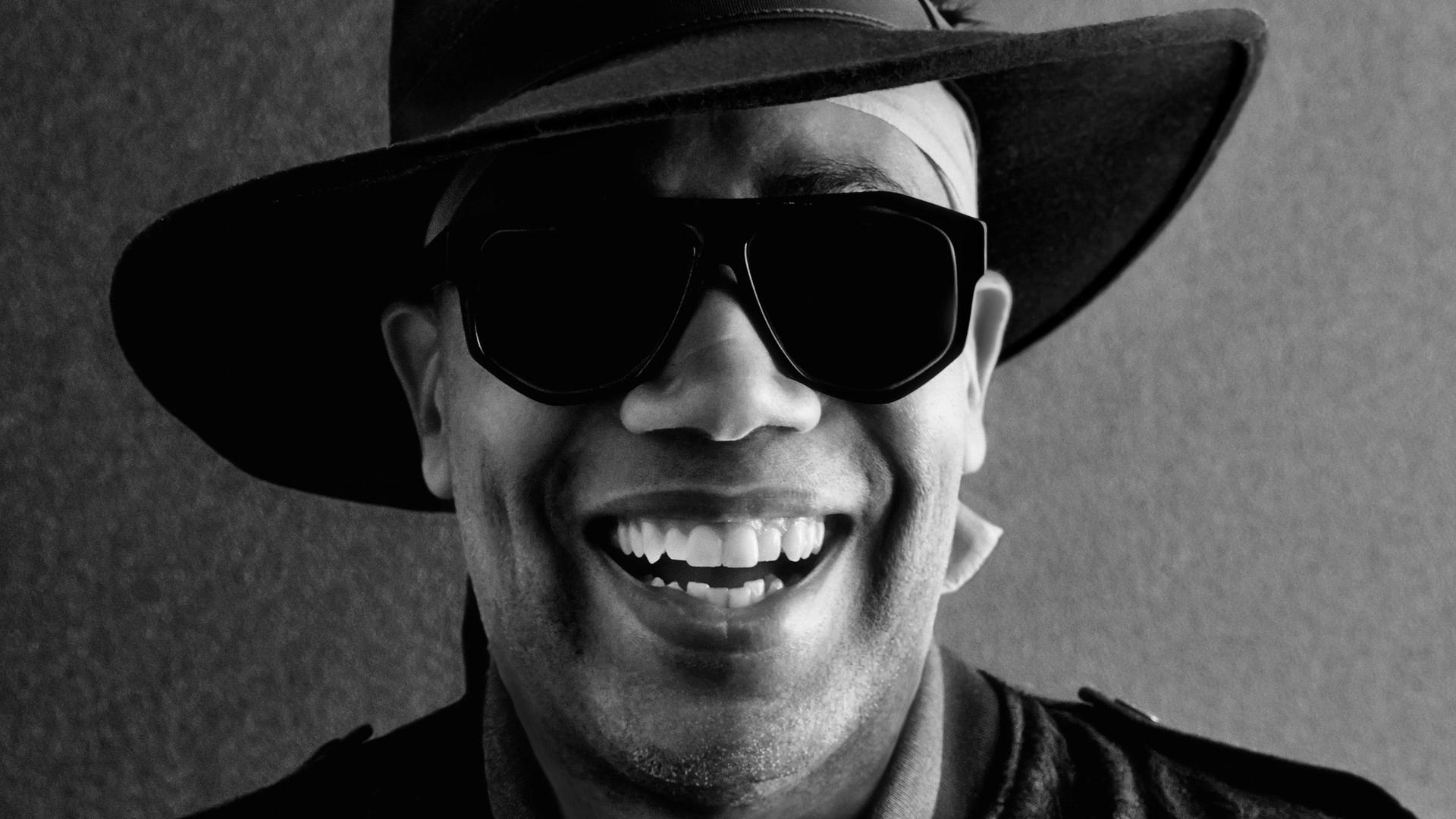
He was one of the first to combine techno and classical music in a mesmerizing way with his LP, Versus (2017). The record saw him collaborate with orchestral pianist Francesco Tristano, French orchestra Les Siècles, conductor Francois Xavier Roth, and producer Moritz Von Oswald. In 2000, he launched the Detroit Electronic Music Festival and has since started his own non-profit, the 501-C3 Carl Craig Foundation, which acts as a platform to facilitate the growth of young musicians in Motor City.
Follow Carl Craig on Twitter | Instagram | SoundCloud
